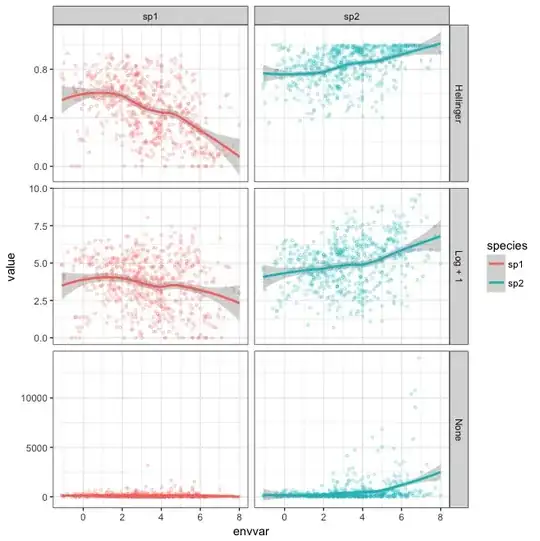I checked whether this question was answered before but because of notation, it's hard to see. I am a reading a paper that defines the following two RVs $$ z \mid y \sim Binomial(\pi, y) \\ y \sim Poisson(\lambda) $$ then concludes (by integration and Bayes Rule) that $$ z \sim Poisson(\pi \cdot \lambda) \\ y - z \sim Poisson( (1 - \pi)\cdot \lambda) $$
I tried working it out on paper but since I am not a trained statistician, I am not sure where I am going wrong. If I want to derive $z \sim Poisson(\pi\lambda)$, then I use the conditional probability i.e. $$ p(z) = \int_y p(z, y) \,\, dy $$ where $p(z, y)$ is the joint probability. Expanding this out, I have $$p(z) = \int_y {y\choose z} \pi^z (1 - \pi)^{(y - z)} \frac{e^\lambda \lambda^y}{y!} \, \, dy $$ but I am guessing I have to get to the following equation somehow $$p(z) = \frac{e^{\pi\lambda} (\pi\lambda)^{z}}{z!}$$ but I was not able to manipulate the integral above to get this form. Not sure if that's even possible.
